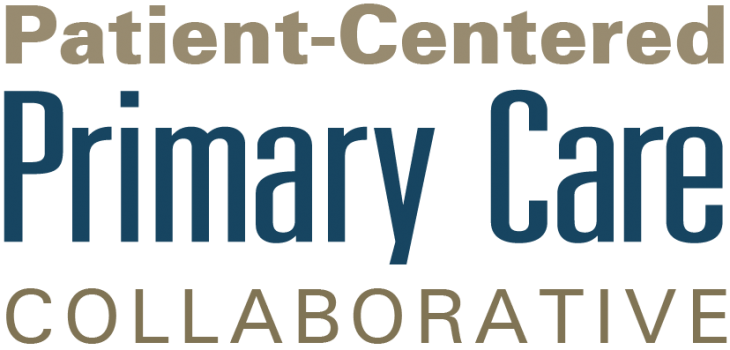Partnership to Improve Patient Health: Value Our Health Briefing
June 20, 2019
Panelists for the briefing included Ari Ne’eman, Disability Advocate at the Partnership to Improve Patient Care, Sara Van Geertruyden, Executive Director of the Partnership to Improve Patient Care, Rachel Patterson, Co-Chair of the Health Task Force for the Consortium of Citizens with Disabilities, and Elizabeth Franklin, Executive Director of the Cancer Policy Institute, Cancer Support Community.
Ari Ne’eman began the discussion by talking about Quality-Adjusted Life-Years (QALYs) and their limitations as a measurement tool. The QALY is a generic measure of disease burden that account for the quality and quantity of life lived. It is often used in economic evaluation to assess the monetary value of medical interventions. These measures can be inherently problematic because of the subjectivity of the “quality” of life. QALYs also miss out on a lot of data by segmenting conditions in the way that they do; there is a full spectrum of experiences of disease in between “mild,” “moderate,” and “severe,” therefore categorizing in this way excludes many patients. QALYs have historically been rejected by policymakers because of their many flaws and controversy—and arguably a violation of the Americans with Disabilities Act (ADA).
Next, Sara Van Geertruyden discussed the issues with another cost-effectiveness tool—Incremental Cost-Effectiveness Ratios (ICERs), which are determined by the difference in value between two interventions divided by the difference in their effect. This tool can seriously limit access to treatment for patients. When the Veterans’ Administration (VA) partnered with ICER, 42 out of the 54 drugs defined as low to intermediate value were not covered. While these drugs could be considered a low-value intervention to some patients, different individuals respond differently to the same drug or treatment, so these could be of very high value to some patients, but they are now not able to access them. This can be especially burdensome for people with rare diseases—causing worse outcomes, fewer options, and slower access. States are currently working to develop value targets and allowing drugs to be excluded from formularies based on these measures. While focusing on high-value care is important, “value-based” is not always the best for the patients, so it is important to be transparent when using evidence and do value assessments in a patient-centered way.
Rachel Patterson brought up the disability perspective, which shows how discriminatory QALYs and ICERs can be. QALYs are inherently based on the idea that disabled lives are less valuable; coming from a very ableist perspective. It is important to bring value to patients in a nondiscriminatory way. When the healthcare community thinks about value, quality, and measurements, we need to be mindful of the disability perspective.
Elizabeth Franklin then discussed the perspective of cancer patients—who have a huge stake in this issue. Many patients do not even know what QALYs are—with only seven percent of health literate patients having ever heard of them. Once patients learned about them 76 percent said they were not a good way to measure value due to concerns over quantitative scoring, the multifaceted nature of value, and the flaws in measurement. One patient referred to QALYs as “ethically inappropriate.” These measures do not account for people’s varying circumstances and innate differences, thus taking away patient autonomy. Patient should receive treatments based on what matters to them, and this should be a conversation between a patient and their doctor, not external decision makers. Because patients are so different from one another, it is not appropriate to exclude treatment options from all patients simply because they are less valuable to most.
This panel brought up an important conversation about value in healthcare. There is a lot of talk these days about value-based payments and high-value care, but it is important to keep in mind what real-world consequences these decisions have for patients. In order to bring real value to patients, these decisions need to be made in a patient-centered way that consider the diverse needs of people living with varying health conditions.
Recent News
April 22, 2024
March 19, 2024
February 28, 2024
February 22, 2024 | Conversations on Health Care
May webinar highlights: “The Commercial Market: Alternative Payment Models for Primary Care” Nate Murray explains w… https://t.co/KX9Wi2w6oY —
10 months 2 weeks ago
@CMSinnovates’ primary care strategy is rooted in a 2021 @theNASEM’s report which called #primarycare “foundational… https://t.co/glbPxvCysg —
10 months 2 weeks ago
@CMSinnovates has a new #primarycare strategy, envisioning “ACO-based primary care model tests that may focus on pr… https://t.co/aJGF1z411l —
10 months 2 weeks ago
- Page 1
- ››
Secondary menu
Copyright © 2024 Primary Care Collaborative




